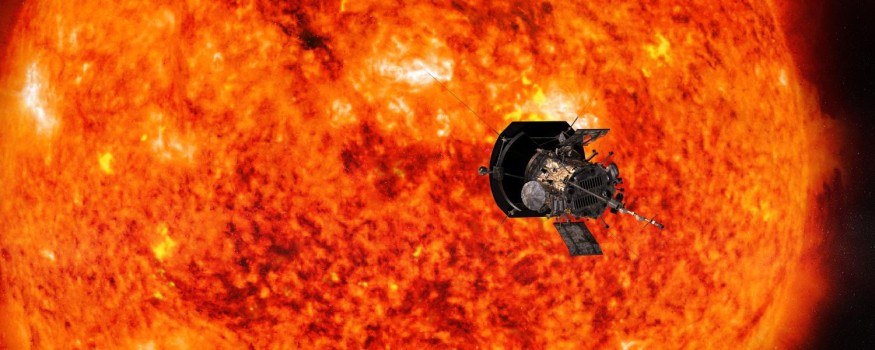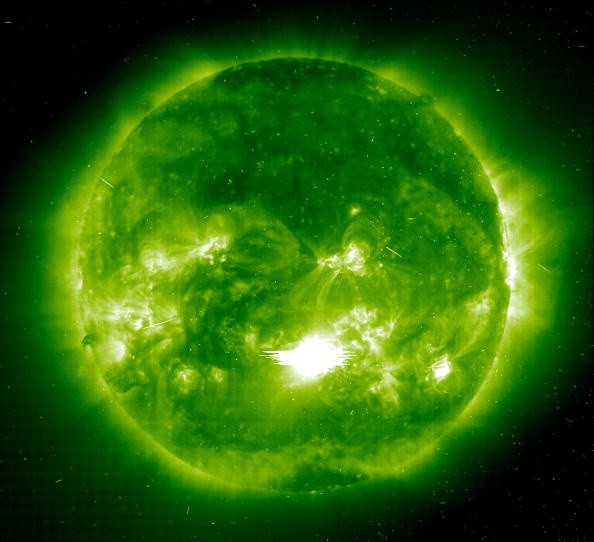According to Gabor Toth, professor of Climate and Space Sciences and Engineering at the University of Michigan, "there are only two natural disasters that might affect the whole United States. One is a pandemic, while the other is a severe case of space weather."
The consequences of the former are now being observed in real-time.
Extreme Space Event
In 1859, the Earth was hit by a significant space weather event. Space weather events on a smaller scale, but nevertheless noteworthy, occur regularly. Electronics and electrical networks are fried, global positioning systems are disrupted, the Aurora Borealis' range is shifted, and astronauts and passengers on flights flying over the poles are exposed to radiation.
"All of our technology assets are in jeopardy," Toth added. "If a severe catastrophe like the one in 1859 occurred again, the electrical grid, satellite, and communications systems would be entirely destroyed - the stakes are considerably higher."
Interagency Collaboration

The National Science Foundation (NSF) and NASA launched the Space Weather with Quantified Uncertainties (SWQU) program in 2020, inspired by the White House National Space Weather Strategy and Action Plan and the National Strategic Computing Initiative.
It brings together research teams from many scientific disciplines to improve space weather modeling using the most up-to-date statistical analysis and high-performance computing technologies.
"We are delighted to have begun the SWQU projects by bringing together expertise and support across various scientific domains in a cooperative effort between NSF and NASA," stated NSF Program Director for Plasma Physics Vyacheslav (Slava) Lukin.
"The need has been recognized for some time, and the portfolio of six projects, including Gabor Toth's, includes NASA Centers, Department of Defense and Department of Energy National Laboratories, as well as the private sector."
Related Article : Expert Warns 'Situation Worse than Covid' if Government Ignores Solar Flare Defense
Space Forecast

Toth was a pivotal contributor to developing today's leading space weather prediction model, which is utilized by the National Oceanic and Atmospheric Administration for operational forecasting (NOAA). NOAA began predicting geomagnetic disturbances with the Geospace Model Version 2.0, part of the University of Michigan's Space Weather Modeling Framework, on February 3, 2021.
"We're always working to improve our models," Toth added. Version 1.5, which has been in use since November 2017, has been replaced by the new model. "The primary modification in version 2 was refining the magnetosphere numerical grid, various algorithm enhancements, and a recalibration of the empirical parameters."
Geospace Model

The Geospace Model is based on a worldwide description of Earth's Geospace environment, which incorporates magnetohydrodynamics - the characteristics and behavior of electrically conducting fluids such as plasma interacting with magnetic fields, which plays a crucial role in space weather dynamics.
Magnetic disturbances on the ground are predicted by the Geospace model due to geospace interactions with the solar wind. Such magnetic disturbances generate a geoelectric field, which can cause damage to large-scale electrical cables like the power grid.
NOAA said at the time of the introduction that the model's short-term early warning gives forecasters and power grid operators with situational knowledge regarding hazardous currents, allowing time to alleviate the problem and protect the grid's integrity.
Future Advancements
The Geospace Model, as sophisticated as it is, only gives around 30 minutes of prior notice. Toth's company is one of several aiming to reduce lead times to one to three days. Understanding how activity on the Sun's surface leads to events that potentially affect the Earth is a prerequisite.
For more cosmic news, don't forget to follow Nature World News!
© 2025 NatureWorldNews.com All rights reserved. Do not reproduce without permission.





